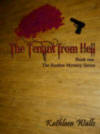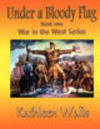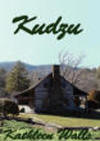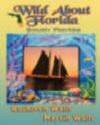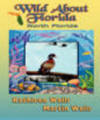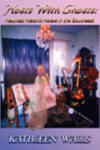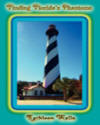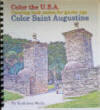Anna Maria Island: An Amazing
Piece of History
Story and photos
by Kathleen Walls

Anna Maria Island’s history goes way back.
The first record of European explorers here dated to the 1530s.
They claimed Anna Maria for Spain. Of course, they weren’t the
first people here. The Tocobagans, Calusa’s and other native
tribes using the island as a base for fishing and hunting.
Anna Maria Island Historical Society Museum
The Anna
Maria Island Historical Society Museum tells the story of
Anna Maria Island from the early Native American period to
later days. After the U.S. acquired Florida in 1819. The first
homesteader, George Emerson Bean came in in 1893. There’s an
exhibit in the museum showing how these settlers lived.
Another exhibit tells the two versions of how Anna Maria Island got its name. One story says that in the 1840s, a US survey team was charting the islands along Florida’s west coast. The team stayed at the home of Madison Post, a Scottish emigrant, and his family in Tampa and named the island for his wife, Maria, and her sister, Anna.
Another version tells of a 19th century
Spanish map showing the island named “Ana Maria Cay.” The
Spanish often used saints’ names for places they “discovered,”
Maria is the Spanish for Mary, and Mary’s mother is Anna,
spelled with just one “n” in Spanish.
The museum has over 120 years of photos
and documents, and lots of artifacts donated by islanders. It
tells of the island’s early tourism days and its fishing
history. One interesting story is how Fig Newtons and Anna
Maria Island are connected. George Wilhelm Bean, son of the
first settler, and a few partners formed a corporation in 1911
to create a resort on the island.
One of the partners, Charles M. Roser,
earned a large portion of the corporation’s capital when he
sold his Fig Newton cookie recipe to Nabisco for a million
dollars in 1910. The Nabisco Fig Newton sale helped finance the
island’s infrastructure, a dock for steamships at the end of
Pine Avenue, and a bathing pavilion.
It’s actually three attractions in one.
The Old City Jail that was built in 1927 is on the property. At
that time, a bar had opened and was causing a lot of drunks to
be arrested. They built the jail with bars on the windows, but
no screen or glass. Anybody who has had encounters with Florida
Mosquitoes understands that after one night in this jail,
drunks were careful not to repeat the same mistake again.
Belle Haven is another part of the museum.
It’s a reminder that hurricanes are nothing new. In the early
1900s, boats delivering mail and necessities from the mainland
docked at the local pier. They built Belle Haven and a larger
home called Lotus Cottage on the pier in 1920. The homes
functioned as a fish packing plant, rental cottage, and bait
shop combination. In 1926, a hurricane destroyed the pilings
and threw the homes into Tampa Bay.
Lotus Cottage was destroyed. Belle Haven
survived and was found intact and floating in the water.
Residents salvaged it, and it functioned as a family home for
many years. As it deteriorated, it was set to be demolished but
was rescued in 2001. Historians renovated it and moved to the
Historical Park in 2006. You can tour Belle Haven and see an
average home of the 1900s with heirlooms and antiques.
Florida’s Maritime Museum
Another museum that tells the history of
Anna Maria Island is
Florida’s
Maritime Museum, in the village of Cortez. It has a display
of early fishing boats and motors. Captain Banks’ collection of
shells. Is more than I’ve ever seen in one place.
One room in the museum really hits home
after the hurricanes we’ve had this year. It’s called “Caught
in the Storm: 100 Years of Florida Hurricanes” and gives
details of all the major hurricanes that have impacted Florida
over the last hundred years.
Outside, there are more signs telling
about the effects of the various hurricanes. A path leads to
the 1890 Braxton Store, which was once a general store, the
local post office, and a steamship wharf.
Behind the museum there is a Seminole Chickee, typical of the type of shelters the native Seminoles used.
Cortez Cultural Center
A small waterway divides the museum from
the Cortez Cultural
Center. If you want to do a deep dive into the community
history, this is the place to visit.
Dining, and Lodging
Anna Maria Island is filled with beautiful
beaches, unique shops, and many delicious restaurants. There is
a free trolley that lets you access most of the island.
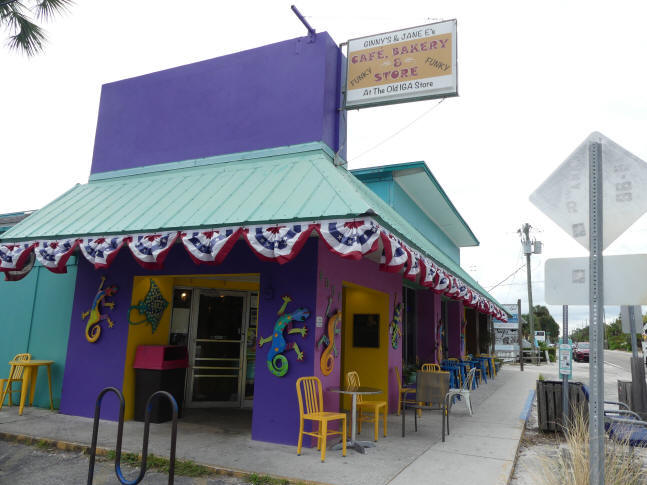
Some of the restaurants I loved are
Ginny and Jane E’s’
Café for a blend of local art and collectables combined
with basic food like salads, sandwiches, and bakery items all
cooked fresh.
Anna Maria Island Beach Café is a breakfast favorite. Their
All-You-Can-Eat-Pancakes are a tradition here.

Swordfish Grill
and Tiki Bar located in Cortez Fishing Village is a locals’
favorite for seafood.
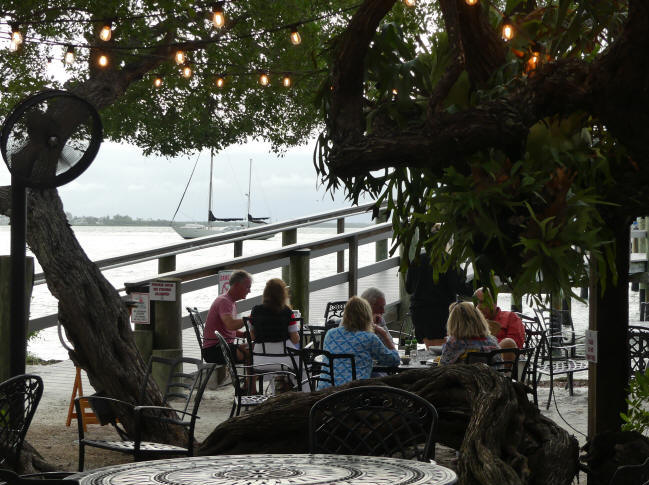
Mar Vista, on Longboat Key, is a cross between a waterfront
fish house and fine dining.

Anna Maria
Oyster Bar on Anna Maria Island’s Historic Bridge Street
Pier specializes in oysters.

Floriday’s Woodfire Grill and Bar is at the entranceway to the island. It overlooks Anna Maria Sound and has a real Key West feel.
Just next door is a great place to stay, Compass Hotel on Anna Maria Sound

















